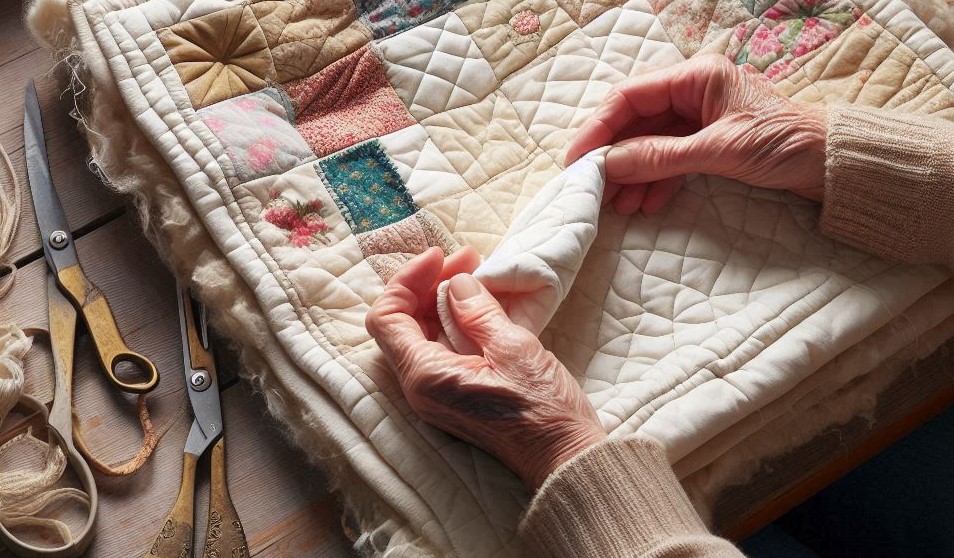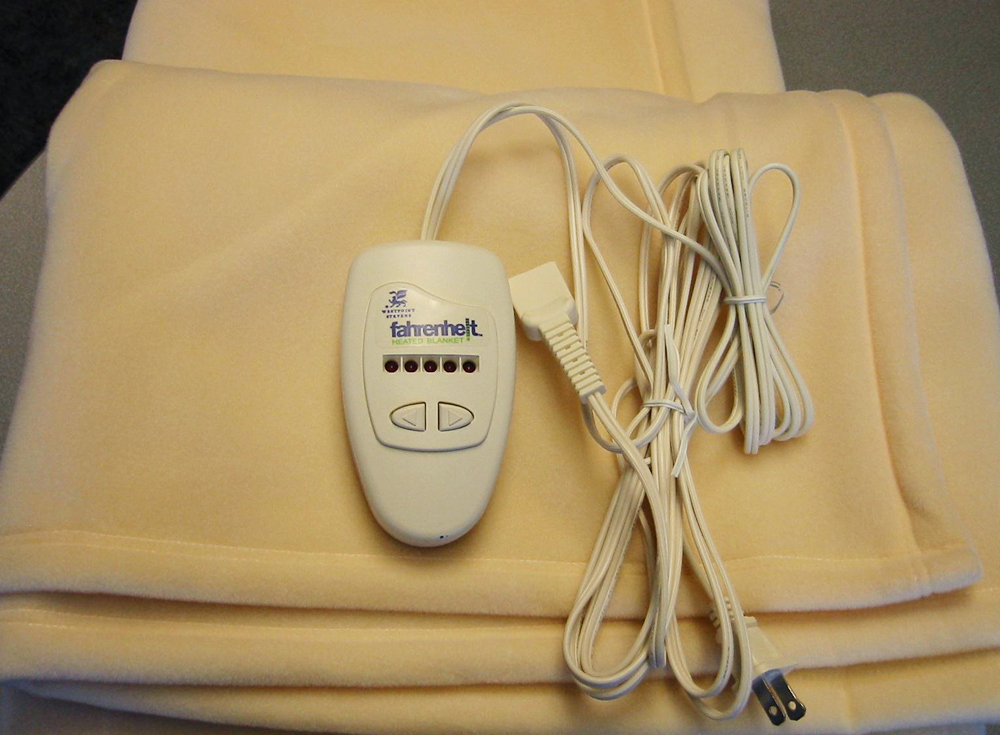Can Lice Infest Pillows And Blankets? Discover the Surprising Truth!

Can lice infest pillows and blankets? Lice cannot live on pillows and blankets as they require a human host for ...
Read moreCan I Use an Old Blanket As Quilt Batting? Discover the Surprising Benefits!

Can I use an old blanket as quilt batting? Yes, you can use an old blanket as quilt batting, but ...
Read moreCan I Make a Tie Blanket With Flannel: Ultimate Guide for Cozy Creations

Yes, you can make a tie blanket with flannel. Flannel is a great fabric choice for tie blankets. Its soft ...
Read moreHow to Wash a Heated Blanket: Essential Care Tips for Longevity

I don’t think I need to tell you how wonderful a heated blanket is! It can be said as one ...
Read more